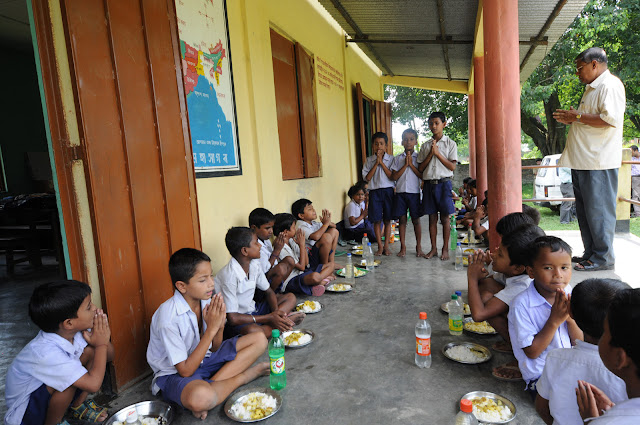Fundraising is of immense importance for non-governmental
organisations (NGOs) as these organisations, despite the fact that they too
contribute heavily towards the socioeconomic development of the country, are
not at the liberty of using the tax-payer’s money … at least, not directly.
Indirectly, the Government does give tax breaks or provides funds or subsidies,
especially when it is also a stakeholder.
In order to implement the Mid-day Meal
Programme in schools, for instance, the Government has got into a partnership
with NGOs like The Akshaya Patra Foundation. In such cases, it shares the cost
of the programme or provides land and other requisites. Even in such cases,
NGOs have to develop fundraising strategies for both, sustenance and expansion.
Online
Fundraising for Akshaya Patra
At Akshaya Patra, we understand that online
fundraising has more to it than simply accepting donations online, hence we
make a conscious attempt to reach out to as many people as possible through our
campaigns using our website and different social media platforms. It also has
something to do with the fact that for an NGO, a steady stream of funds is of
great importance.
If you want to organise a fundraiser for
us at your workplace or school, we’ll be glad to help. You just need to get in
touch with us. What if someone wants to help by raising funds for the cause,
but cannot due to time constraints. In such cases, a much easier option is to go
for online fundraising.
In a broad sense, the concept also
includes donations raised by resorting to call-to-action, wherein direct
mailers, social media posts, etc., are designed with the intention to bring
donor to the landing page from where he can donate. These are the options the
organisation uses to raise funds. Beyond these options, there is one option
that you can use to raise funds for Akshaya Patra, and that is to create an online fundraising
campaign on the organisation’s website.
You have the option of either donating to
an existing campaign or you can create your own online campaign by visiting our
website. When you create a customized campaign, which will have a title and the
target amount of your choosing, you can share it with your friends and family
via email or social network. It won’t take more than a couple of minutes from your
busy schedule and you’ll become a role model for other people.
In essence, you will help Akshaya Patra
reach more people and raise funds for our cause, i.e., to eliminate classroom
hunger, by starting and promoting an online fundraising campaign.
As of now, we are feeding over 1.5 million children across 25 locations in the country. Our mission is to reach 5 million children by 2020 and that, we know, will be an uphill task unless we have more people on board.
Go through Gaurav Warman's Experience of fundraising: akshayapatra-ngo-india.blogspot.in/2016/03/fundraising-for-ngo-akshaya-patra.html











